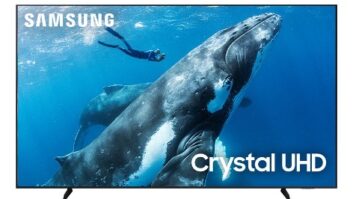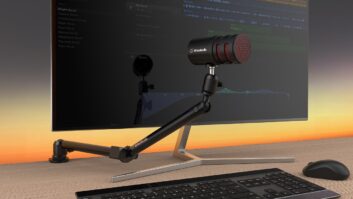
Despite the attention given to streaming services as a delivery channel for 4K/Ultra HD content, physical media in the form of Ultra HD Blu-ray came in to 2017 on a high note, with multiple new product introductions, additional titles and a boost from the increasing availability of HDR- and Dolby Atmos-enabled titles.
According to figures provided by the Blu-ray Disc Association (BDA), 2016 ended with 110 titles available and nearly 20 million software units sold in the U.S. An additional 250 Ultra HD Blu-ray titles are set to be released in 2017 from a list of studios that includes Sony, Warner, Fox, Lionsgate and Universal.
On the hardware front, Sony, LG and Oppo have joined Samsung, Philips, Panasonic and Microsoft with devices that play physical Ultra HD discs. Other than Xbox, all brands have new models coming out, with many including the promise of Dolby Vision-compatibility with software updates within the next quarter.
Unit sales in 2016 topped 300,000, placing the new format at about three times the sales penetration of Blu-ray players at an equivalent time in the original launch of the format.
With the year-long launch period under its belt, the BDA plans an extensive consumer and dealer outreach program in 2017. Victor Matsuda, chair of the BDA global promotions committee and VP of Sony’s visual entertainment product group, stressed that bandwidth requirements for streaming 4K/UHD content are beyond the true capability of most U.S. homes. Despite increasing speeds, he noted that Netflix recommends 25 Mbps streaming speed, yet Akamai estimates average U.S. household bandwidth at 15 Mbps, and thus barely sufficient for quality HD, much less Ultra HD.
Driving the message home will be “sizzle reels,” a consumer education brochure for dealer use, and a new consumer-facing website, all pointing to the benefit of Ultra HD Blu-ray. Also key to increasing awareness for the Ultra HD Blu-ray value proposition will be a strong emphasis on the benefits of high dynamic range (HDR) and expanded, wide color gamut on the video side, and immersive, object-based sound formats on the audio side.
While streaming media is, and will remain, a large part of the 4K content delivery ecosystem, many of the new players also include access to streaming services — meaning that both formats will continue to promote their benefits for the foreseeable future.













